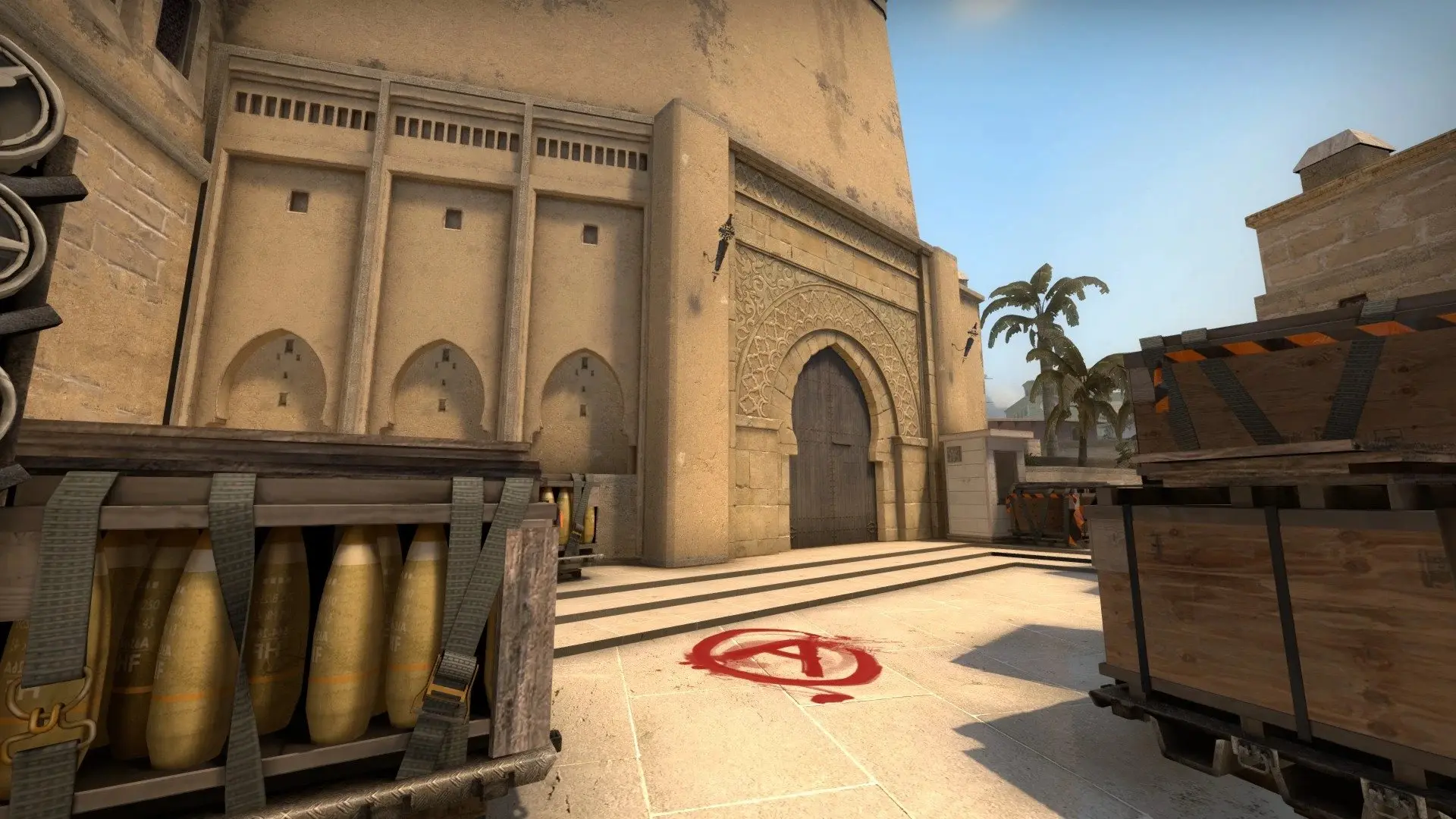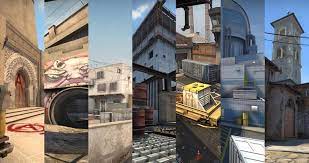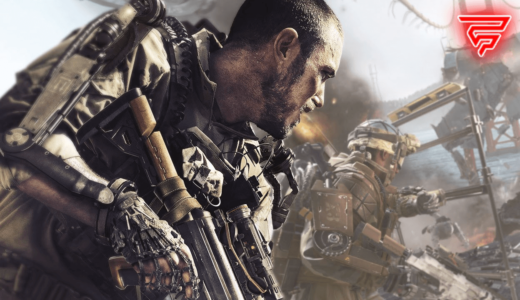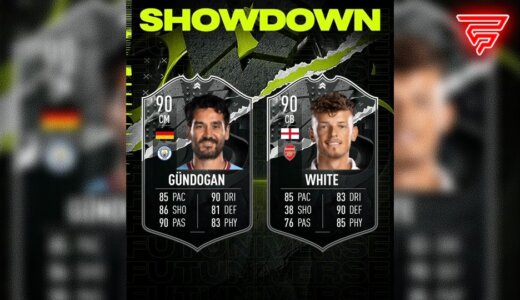Counter-Strike: Global Offensive (CS), a highly tactical and skill-based first-person shooter, is known for its diverse array of maps that challenge players in various ways. Each map is designed with a specific set of objectives and requires a different approach in terms of strategy. Maps in CS are not just battlegrounds; they are carefully crafted environments that play a significant role in the gameplay experience, influencing everything from team strategies to individual playstyles.
Maps in CS can be broadly categorized into different types, such as bomb defusal, hostage rescue, and more, with bomb defusal maps being the most prevalent in competitive play. The community and developers continuously evolve the map pool to maintain balance and freshness in the game by introducing new maps and updating existing ones. The collection of maps also includes both community-created and official ones by Valve, contributing to a rich and varied selection that ensures the game remains engaging and challenging for both new and veteran players.
History of CS Maps
The competitive landscape of Counter-Strike: Global Offensive (CS) has been profoundly shaped by its evolving map pool. This development has not only guided the strategic playstyle but also solidified maps as central components of the CS identity.
Evolution of Map Design
CS’s map design philosophy has trended towards a balance between complexity and clarity as the game has matured. With map updates, creators seek the optimal playability, often making adjustments based on community feedback and competitive outcomes. The competitive map pool has featured 11 maps over its lifespan, with each iteration striving for improved site balance, timing, and smoother movement pathways; The history of CS’s competitive map pool illuminates the constant refining process that has occurred since the game’s inception.
Noteworthy Changes:
- Removal of excess clutter: Reduced onscreen noise for better visibility.
- Improved texturing: Enhanced visual distinctiveness between different areas.
- Reworked map elements: Modified bombsites and pathways for strategic depth.
Iconic Maps Over the Years
Several CS maps have achieved iconic status, becoming synonyms with the game’s competitive essence. Dust2 is a prime example of a map that not only remains in the active pool but also has a rich competitive history. It embodies a design that favors simplicity and balance, making it a timeless choice for both newcomers and professionals. Another exemplar, Inferno, showcases the strategic depth that can be imparted through a tighter, more complex layout, with its narrow corridors and multiple entry points to bombsites; the chronological list of every Map provides insight into its journey along with other staple maps in CS’s roster.
Maps that Left a Lasting Impression:
- Dust2: Renowned for its quintessential three-lane structure.
- Inferno: Celebrated for its intricate mid-area and bombsites.
- Nuke: Known for its unique vertical gameplay dynamics.
- Mirage: Famed for its intuitive design and mid-control importance.
- Cache: Distinguished by its clear sight lines and layered strategy.
Each map within CS’s pantheon has contributed to the game’s storied competitive history, offering distinctive experiences and challenges that have helped define the ebb and flow of competitive play throughout the years.
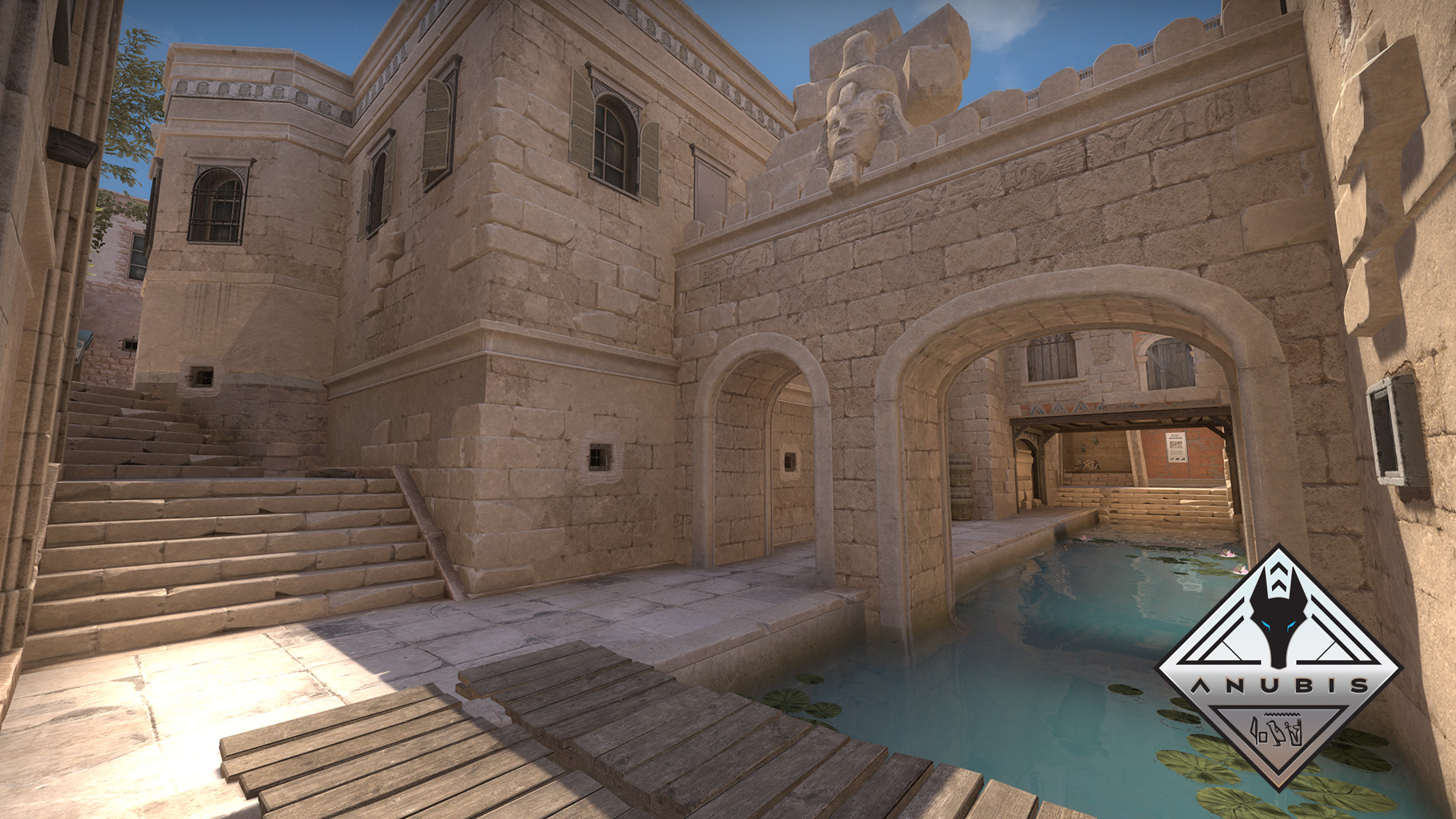
Anubis
Map Basics
In Counter-Strike: Global Offensive (CS), maps are the battlegrounds where players engage in strategic combat. Understanding the layout and intricacies of each map is crucial for any player looking to succeed.
Types of Playable Maps
Active Duty: Active Duty maps are those frequently used in competitive play and e-sports. These include iconic maps like Mirage, Inferno, and Dust II which are known for their balanced design conducive to competitive play.
Reserve: Reserve maps such as Train and Cache are less common in competitive rotation but offer varied gameplay experiences that can be a refreshing change from the standard roster.
Common Map Features
Bombsites: Whether it’s A Site or B Site, bombsites are focal points of the map where the Terrorists aim to plant the bomb, and Counter-Terrorists strive to protect or defuse.
Spawn Points: Clearly defined for each team, these are the areas where players begin each round.
Callouts and Locations
Critical locations on each map have specific callouts used by players to communicate quickly and effectively. These terms describe various hallways, rooms, and other pertinent map features that are essential for strategic play and team coordination.
Competitive Map Pool
The Competitive Map Pool in CS is a crucial aspect of the game, defining the battlefields where teams compete. It is frequently updated to keep the gameplay fresh and balanced.
Active Duty Maps
The Active Duty Map Pool consists of highly competitive and well-balanced maps that are frequently played in tournaments. As of now, the maps include:
- Ancient
- Anubis
- Inferno
- Mirage
- Nuke
- Overpass
- Vertigo
These maps represent the core arenas for official Valve-sponsored events, and their details can be found on the Counter-Strike Wiki’s Counter-Strike 2 Maps page.
Reserve Maps
Reserve Maps are those not currently in the Active Duty pool but remain available for competitive play. Players often find these maps in casual rotation and they sometimes make a return to the active pool following updates and balancing. The reserve map pool often changes, but some historically included maps are:
- Dust II
- Cobblestone
- Train
- Cache
For an up-to-date list of current reserve maps, diving into community pages like HLTV.org can provide the latest insights.
Operation Maps
Operation Maps are typically temporarily available during in-game events known as Operations. These maps are community-created and selected by Valve to be featured for their creativity and playability. Although not often seen in professional competitive play, they offer a refreshing alternative to the standard map rotations. Past Operations have seen diverse and innovative maps, but only a few have been added to the competitive map pool, such as:
- Seaside
- Agency
The introduction of new Operation Maps can be tracked on platforms like RealSport101, which often covers CS updates comprehensively.
Map Strategy
An effective map strategy in CS relies on a thorough understanding of map layout and the synthesis of team and individual tactics. Players must leverage terrain advantage and coordinate plays to outmaneuver opponents.
Team Strategies
Teams should communicate and coordinate their movements and objectives to control the map effectively. Examples include executing set plays onto bombsites, such as a ‘B Split’ on Dust 2 where players divide their attacks between the middle and the B tunnels. Utilizing resources like the CS2 Tactical Interactive Board allows teams to plan and visualize these plays pre-game.
| Map | Common Team Strategy | Objective |
|---|---|---|
| Dust 2 | B Split Attack | Plant the bomb |
| Inferno | A Site Execution | Secure site |
| Cache | Mid Control | Map dominance |
Individual Player Tactics
Individual players need to master specific skills, such as ‘peeking’ techniques for engaging enemies and ‘grenade usage’ for map control. Effective use of utility grenades, such as smoke and flash grenades, can be learned from resources like CSGO Tactics, where players can also share their strategies. Each role, from entry fragger to lurker, carries distinct responsibilities that contribute to the team’s larger strategy.
- Entry Fragger: First to enter, trying to get the initial kill.
- Support: Follows up with utility to assist entry.
- Lurker: Flanks enemy lines to secure kills and gather intelligence.
Map Creation and Custom Maps
Creating custom maps in Counter-Strike: Global Offensive (CS) involves intricate design and gameplay considerations. The primary tool used for map creation is the Hammer World Editor, and the dissemination of custom maps occurs largely through community workshops.
Using the Hammer Editor
The Hammer World Editor is the official level design tool for games running on the Source engine, like CS. Map creators start by launching the Hammer World Editor to create a new project, generating the framework for their custom map. This process includes placing initial objects and defining player spawn areas. To enhance the map’s realism and playability, creators must also give their maps textures and lighting, a critical step for ensuring the visual appeal and clarity of the game environment. Following this, map creators can place weapons and other items, before finalizing their design by compiling and running the map to test it in-game.
Community Maps and Workshops
Community maps in CS are a testament to the creativity and skill of the game’s active user base. One can find these custom maps in various online hubs, with the Steam Workshop being among the most prominent platforms. These workshops facilitate the sharing and downloading of user-generated content and are instrumental in the evolution of gameplay within CS. Mappers share their creations, gather feedback, and iterate on their designs, constantly pushing the boundaries of what’s possible within the game’s environment.
Map Balance and Meta
Map balance is a critical aspect that determines the fairness and competitive nature of CS matches. It ensures both teams have an equal opportunity to win, regardless of whether they start on the Counter-Terrorist or Terrorist side.
Balancing Competitive Play
In CS, map balance refers to the design and structure of a map that affords equal chances of winning for both the Terrorist (T) and Counter-Terrorist (CT) teams. Maps should not overly favor one side, as this can skew the competitive experience. For instance, details from HLTV.org show that professional gameplay analytics are closely monitored to maintain map balance. A map deemed too CT-sided or T-sided may undergo adjustments to provide a level playing field.
Map Updates and Community Feedback
Valve integrates map updates frequently to address balance issues highlighted by community feedback. By examining gameplay data and considering inputs from players, maps are refined to improve fairness in competitive matches. This continual evolution is essential to CS’s meta and can be seen in changes to classics like Dust II and Train. The active engagement of the community on platforms like Reddit contribute significantly to the process of polishing maps for competitive play.
Frequently Asked Questions
This section addresses common queries about CS maps, ranging from accessing custom maps to understanding the competitive map pool criteria.
How can I access and play on custom CS maps from the Workshop?
Players can subscribe to custom maps created by the community in the Steam Workshop. Once subscribed, the maps can be accessed through the CS game client by selecting ‘Play’ and then ‘Workshop Maps’.
Where can I find a comprehensive list of all CS maps that have been released?
A comprehensive list of CS maps, including both active and retired maps, can be found on CS’s official blog, as well as various community-driven databases and websites dedicated to the game.
What are the callouts for various CS maps?
Callouts are specific location names used to communicate with teammates. Each map has its own set of callouts, which can be found on community guides or through interactive maps available online.
Which maps are currently in the competitive CS map pool?
The current competitive map pool is regularly updated by Valve and can be viewed within the CS client or through recent updates posted on official CS websites and relevant gaming forums.
What are the criteria for a map to be included in the competitive map pool for CS?
Maps are chosen for the competitive pool based on factors such as balance, competitive viability, and overall design quality. Valve often tweaks and tests maps among the community before inclusion in the competitive map pool.
Are there any resources available for learning the layout and details of CS maps?
Several resources for learning map layouts and strategies are available online. Gamers can visit websites such as TechYouLike and WonderStacked which offer guides and tips for mastering various CS maps.
